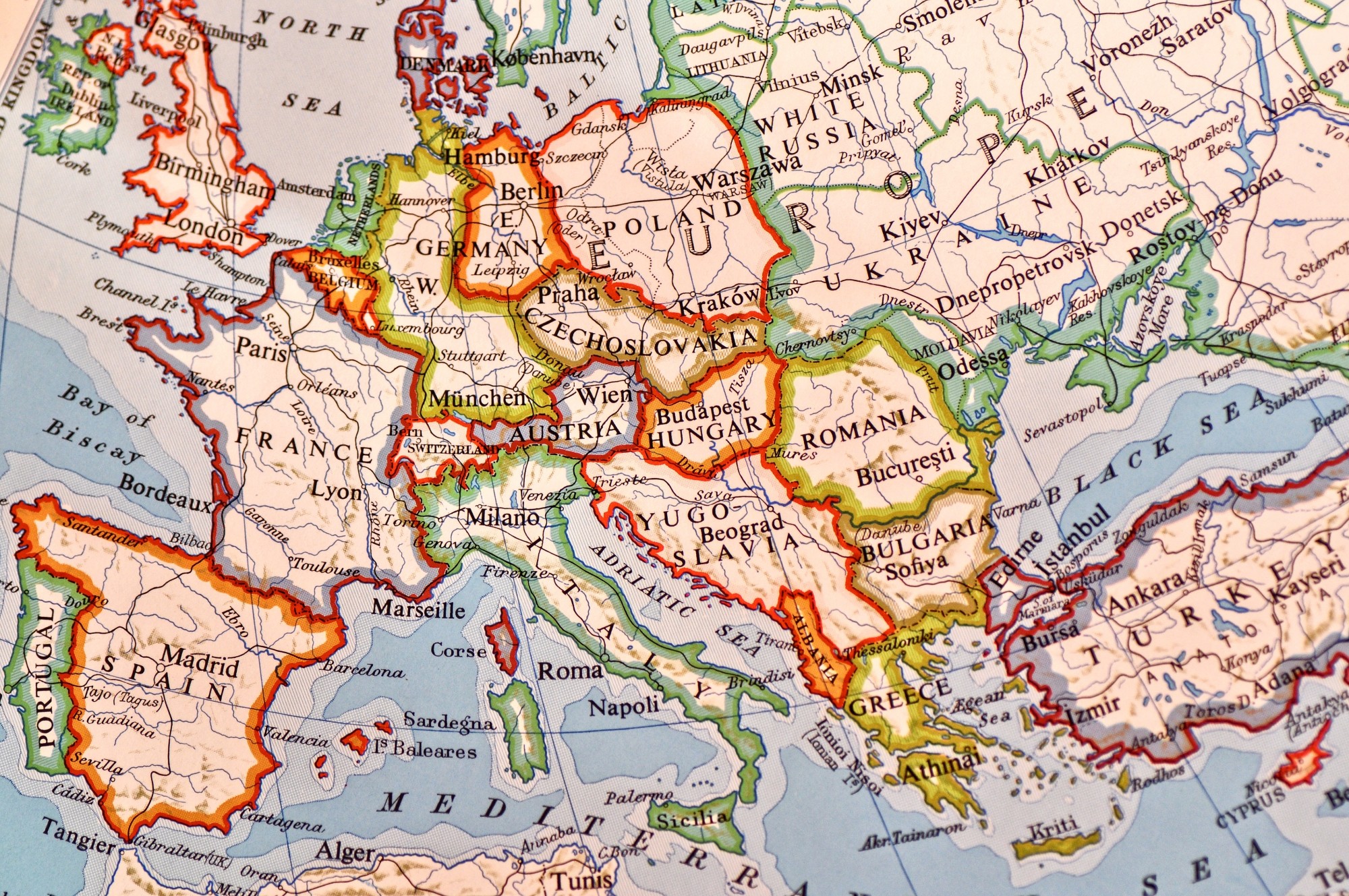
Travel is something that many people dream of doing. It is the best education and one of the most enriching hobbies that one can partake in.
But when it comes to travel people are worried about their budget. People are worried that they may dig themselves into debt if they spend money on travel expenses. Many people especially wish to travel around Europe.
If you are wondering how much does it cost to travel to Europe, we are here to help you. You don’t have to go broke and you can have the best time of your life on a budget.
The Guide on How Much Does it Cost to Travel to Europe
Among the continents, there is something truly special about Europe. It is a part of the world that you should explore as much as possible.
Here’s how much you are likely to spend on your travels around Europe:
1. Flights
Europe has always welcomed tourists. In fact, it is a part of the world that wants to be as open to travel as possible.
If you choose a budget airline such as Air Europa, you can find affordable flights to Europe for under $300 for an Economy seat. During tourist season – which is usually in the summertime, flights can be more expensive though you can still find them for under $600 for an Economy seat.
Flights will also always be available so you do not have to always rush into booking a flight unless you are on a time constraint.
2. Transportation
Once you are in Europe, you’ll realize how affordable it is to travel within a country and across borders in Europe.
When you are in a European city, we suggest you purchase a bus pass and a metro card. Most of the time, you will not need either. European cities are made for walking and so your transportation will be absolutely free.
When you do need to purchase a monthly bus pass or metro card, it will likely be less than $100. Prices vary depending on the city, but you won’t have to shell out for a monthly pass.
For an Economy seat on a train within a European country or from one to another, your ticket will also be less than $100. That means, for less than $100 you can travel from a city in Spain, such as Barcelona, and go directly to Paris!
We suggest preparing your itinerary beforehand to see how much you will rely on public transportation. For traveling across borders we recommend a train over the airfare. For travel within a city, we suggest walking as much as possible to save on costs.
Taxi’s and other private cars will be more costly – about the same as you would pay in any Canadian city. We suggest avoiding these unless necessary. The only time you would probably need to use it is going to and from the airport. There is usually a flat fee that would range between $30-$60, depending on the city you are in.
3. Where to Stay
While you can opt for a luxury hotel that will cost an arm and a leg (like anywhere else in the world), Europe is known for comfortable and affordable accommodation.
If you are traveling solo or with a small group, you may want to opt for a hostel. This usually attracts students and backpackers. Hostels can be as low as $20 per night – even lower in smaller cities, towns, and villages.
You can also opt for Airbnb or other room-renting options. You can shop around for affordable prices on these websites. If you are willing to stay slightly away from the city center of a European capital city, your price will drop significantly.
The cost will also depend on the country. A monthly stay in Madrid or Paris can be between $500 to $1000. In a cheaper city such as Belgrade, you can expect to pay $200 to $500 for a monthly stay.
There are also options such as Couchsurfing where you can stay with a local for a low cost or even for free.
4. Feeling Hungry?
Of course, one of the best aspects of traveling throughout Europe is food. And luckily for you, your appetite can be satisfied without breaking your bank. Going to an expensive restaurant is always an option, but the real enjoyment comes from quaint cafes and street food.
For example, going to eat tapas in Spain can cost between $10-$20 per person. This would include two or three tapas and a drink. A cafe can also provide you with a full meal that will cost around this amount. We also suggest going to food markets where you can purchase small samples of food at a lower cost.
You can also see if your city has a food tour. This will be a flat fee – probably no more than $30 per person and you’ll get an abundance of food.
If you are staying longer and have a kitchen in your accommodation, you may wish to cook on occasion. Groceries are a lot more affordable if you go to small shops and food markets as opposed to supermarkets. You can get weekly groceries for less than $100 per person.
5. What to See
Finally, you will want to spend money on the attractions. As many of these are in the “touristy” areas, they will be more expensive. However, you may find that a lot of these attractions are still cheaper than what you are used to seeing in a major city in Canada.
A ticket to a museum, a palace, or a historical monument will cost between $20 to $30 per person. There may even be days where there is a significant discount and even days when you can see an attraction for free.
Many attractions in Europe will also be free or heavily discounted for students, senior citizens, and young children. While many tourists like to avoid seeing attractions to save on their budget, you will not have to worry about this in Europe. Going with a tour guide will add to the cost – so we suggest avoiding this altogether. It’s more fun to explore on your own!
See You in Europe
Now that you know how much does it cost to travel to Europe, we hope to see you in one of the Continent’s great cities, charming small towns, or quaint villages soon!
We also hope you’ll read more great content on financial management, budgeting, and wealth creation.
And if you need some extra cash for your trip, see if you qualify for one of our cash loans!
